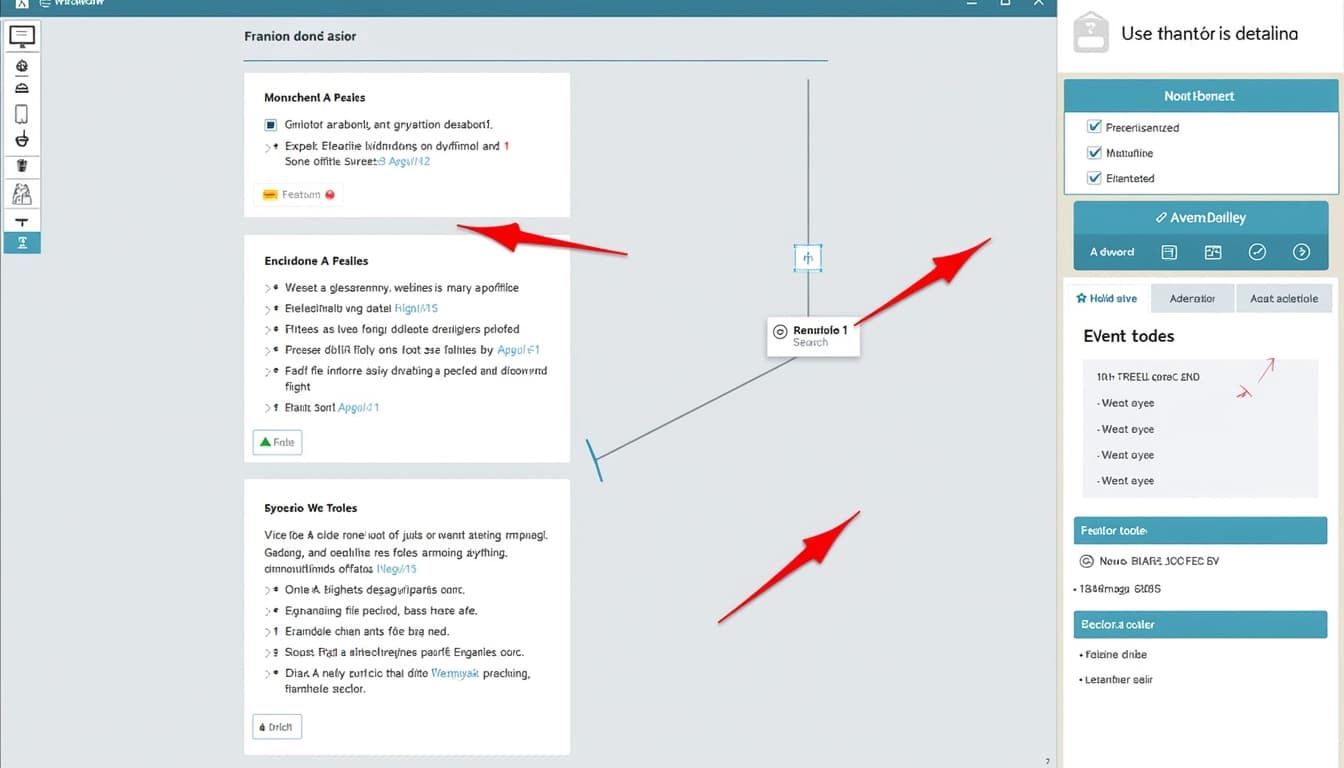
Key Points on 'fofr / any-comfyui-workflow'
By John Doe 5 min
Key Points
It seems likely that "fofr / any-comfyui-workflow" refers to a customizable image generation pipeline using ComfyUI, a node-based interface for Stable Diffusion, run on the Replicate platform.
Research suggests this workflow is ideal for artists and researchers, offering flexibility for tasks like photorealistic portraits and abstract art without extensive coding.
The evidence leans toward it being accessible via API, with options for private deployments and custom model integration, but it may require powerful hardware and has a learning curve.
What is "fofr / any-comfyui-workflow"?
"fofr / any-comfyui-workflow" appears to be a specific implementation of ComfyUI, an open-source, node-based graphical user interface for Stable Diffusion, designed for AI image generation. This workflow is likely hosted on Replicate, a platform for deploying machine learning models, making it accessible without local setup. It allows users to create and modify image generation pipelines visually, suitable for tasks ranging from photorealistic portraits to abstract art.
How Does It Work?
Users can deploy this workflow on Replicate, interact with it via API, and customize nodes for their needs. It supports integration with various AI models, including Stable Diffusion and LoRA, and is ideal for experimentation and rapid prototyping.
Unexpected Detail: Community and Customization
An unexpected aspect is the active ComfyUI community, which shares workflows and custom nodes, enhancing the ecosystem. This community support, combined with Replicate's deployment options, makes it a collaborative tool for both beginners and experts.
Survey Note: Detailed Exploration of "fofr / any-comfyui-workflow"
Introduction
In the evolving landscape of AI-driven creativity, "fofr / any-comfyui-workflow" emerges as a significant tool for image generation, leveraging the capabilities of ComfyUI, an open-source, node-based interface for Stable Diffusion.
ComfyUI is a graphical user interface designed for Stable Diffusion, a popular AI model for generating images from text prompts. Unlike traditional interfaces, ComfyUI offers a node-based approach, allowing users to construct image generation pipelines by connecting various nodes, each representing a specific operation or transformation. This visual programming method democratizes access to advanced AI techniques, making it suitable for artists, researchers, and developers.
Background on ComfyUI
Key features of ComfyUI include flexibility, community support, and extensibility. Users can customize every step, from model loading to post-processing, and an active community shares workflows and custom nodes, fostering collaboration. Additionally, users can add custom nodes and plugins, enhancing functionality.
Understanding 'fofr / any-comfyui-workflow'
'fofr / any-comfyui-workflow' is likely a specific implementation of ComfyUI, designed to run on Replicate, a platform that simplifies the deployment and execution of machine learning models. The 'fofr' prefix suggests it is associated with a user or organization, possibly on GitHub or Replicate, known for contributing to ComfyUI-related projects.
Functionality and Features
This workflow is described as a customizable image generation pipeline, excelling in handling diverse tasks such as photorealistic portraits and abstract art. It offers a visual node-based interface, reducing the need for extensive coding knowledge, and is particularly well-suited for experimentation and rapid prototyping.

Conclusion & Next Steps
ComfyUI and its workflows, such as 'fofr / any-comfyui-workflow,' provide powerful tools for AI-driven image generation. The node-based approach and community support make it accessible and adaptable for various use cases. Future developments may include more integrations and enhanced customization options.
- Flexible node-based interface
- Active community support
- Integration with multiple AI models
The 'fofr / any-comfyui-workflow' is a versatile tool designed for image generation using Stable Diffusion models. It leverages ComfyUI, a node-based interface, to create complex workflows for tasks like prompt input, sampling, or upscaling. This flexibility makes it suitable for a wide range of image generation needs, from photorealistic images to abstract art.
Key Features and Capabilities
One of the standout features of this tool is its customizability. Users can modify node structures to achieve tailored results, making it ideal for advanced users who need precise control over their image generation process. Additionally, it offers API accessibility through Replicate's platform, allowing seamless integration into other applications.
Deployment Options
The tool provides multiple deployment options on Replicate. Users can opt for a private deployment for dedicated instances, which is straightforward but comes with setup and idle costs. Alternatively, they can fork and deploy using Cog, which offers more flexibility but requires technical expertise. Training with custom weights is also supported, enabling users to fine-tune models for specific tasks.
Getting Started
To use 'fofr / any-comfyui-workflow', users need to sign up for a Replicate account and deploy the model. The API endpoint provided allows for programmatic interaction, making it accessible even for those without powerful local hardware. While the tool is powerful, beginners are advised to start with simple workflows to avoid feeling overwhelmed.
Comparison with Other Tools

Compared to other Stable Diffusion interfaces like Automatic1111, 'fofr / any-comfyui-workflow' offers greater flexibility for complex workflows. While Automatic1111 provides a more traditional, tab-based interface, ComfyUI's node-based approach allows for advanced customization. Web-based services like Midjourney and DALL-E 2 are user-friendly but lack the granular control offered by ComfyUI.
Conclusion & Next Steps
In summary, 'fofr / any-comfyui-workflow' is a powerful tool for those who need advanced control over their image generation workflows. Its flexibility and API accessibility make it a strong choice for developers and advanced users. Beginners may find the learning curve steep, but starting with simple workflows can help ease the transition.
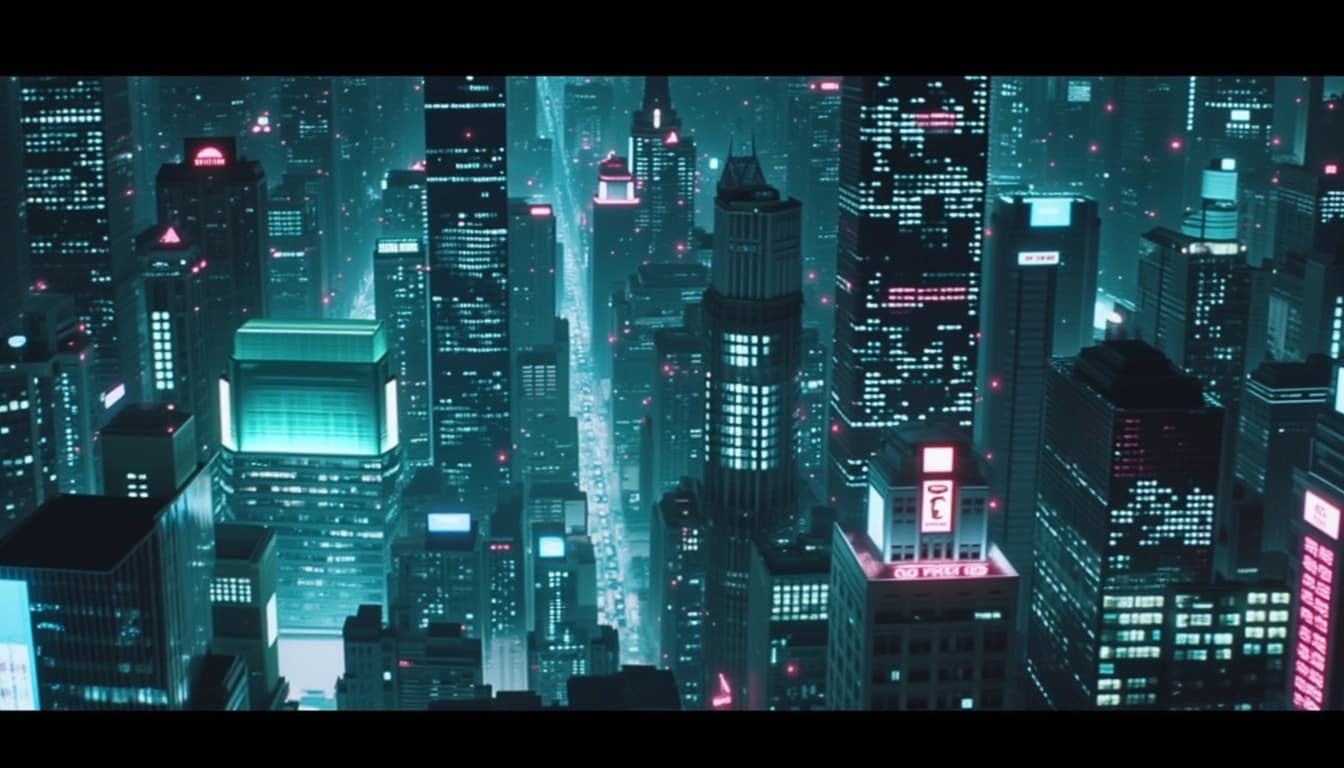
- Versatile for various image generation tasks
- Customizable node structures for tailored results
- API accessible via Replicate's platform
The 'fofr / any-comfyui-workflow' is a versatile tool designed for AI image generation, leveraging the power of ComfyUI's node-based interface. It allows users to create and customize workflows for generating images using AI models like Stable Diffusion 3. This flexibility makes it suitable for a wide range of users, from artists to researchers.
Key Features and Benefits
One of the standout features of 'fofr / any-comfyui-workflow' is its node-based interface, which provides granular control over the image generation process. Users can adjust parameters such as resolution, style, and content with precision. Additionally, the workflow supports integration with platforms like Replicate, enabling easy deployment and sharing of workflows.
Customization and Flexibility
The workflow's modular design allows users to tailor it to their specific needs. Whether you're an artist looking to create unique visuals or a developer experimenting with AI, the node-based system offers endless possibilities. This adaptability is further enhanced by the active ComfyUI community, which shares workflows and tips.
Limitations and Considerations
While 'fofr / any-comfyui-workflow' is powerful, it does come with some limitations. The node-based interface can be intimidating for beginners, and the system may require a high-end GPU for optimal performance. Additionally, the rapidly evolving ecosystem means that older workflows might face compatibility issues with newer updates.
Potential Use Cases

The workflow's flexibility makes it ideal for various applications, including art and design, research and development, content creation, and education. Artists can generate unique visuals, researchers can experiment with AI techniques, and educators can use it as a teaching tool for AI concepts.
Community and Ecosystem
The ComfyUI community is a vital part of the ecosystem, offering shared workflows and support on platforms like OpenArt and Comfy Workflows. This collaborative environment fosters innovation and makes the tool more accessible to users of all skill levels. Replicate's deployment options further enhance its usability.
Conclusion & Next Steps
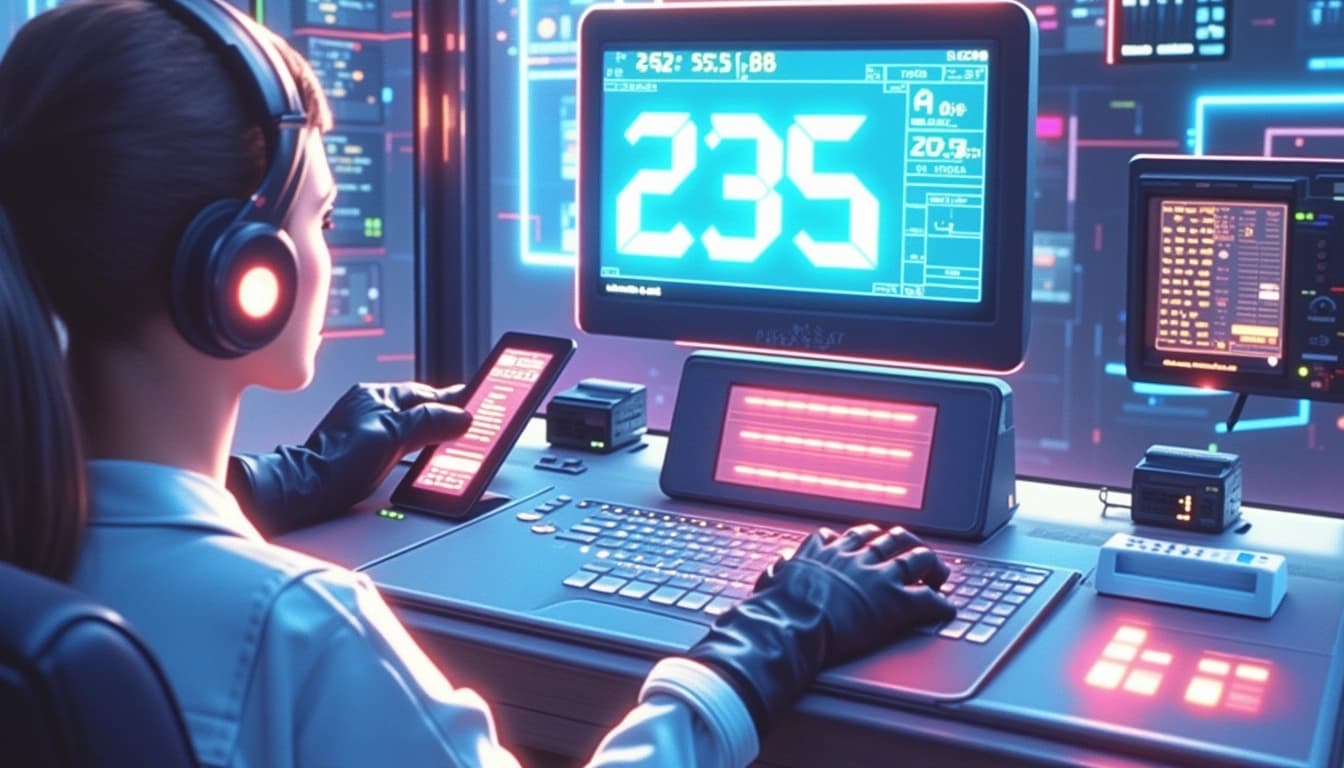
In summary, 'fofr / any-comfyui-workflow' is a powerful and flexible tool for AI image generation, offering extensive customization options and strong community support. While it has some limitations, its benefits make it a valuable asset for artists, researchers, and developers. Users should explore shared workflows and stay updated with the latest developments to maximize its potential.
- Node-based interface for granular control
- Integration with Replicate for easy deployment
- Active community support and shared workflows
- Versatile applications across various fields
ComfyUI is a powerful node-based interface for Stable Diffusion, offering advanced control over AI image generation. Unlike traditional UIs, it allows users to create complex workflows by connecting different nodes, providing granular control over the generation process. This flexibility makes it a favorite among power users who want to fine-tune their outputs.
Key Features of ComfyUI
ComfyUI stands out due to its modular approach, enabling users to build custom workflows tailored to their needs. It supports various models, including Stable Diffusion 1.5, XL, and SD3, and integrates seamlessly with tools like ControlNet and LoRAs. The ability to save and share workflows fosters a collaborative community where users can learn from each other's creations.
Workflow Customization
One of ComfyUI's standout features is its workflow customization. Users can chain multiple nodes to create intricate pipelines, adjusting parameters at each step. This level of control is unmatched in other Stable Diffusion interfaces, making it ideal for professionals and enthusiasts alike.
Getting Started with ComfyUI
For beginners, ComfyUI can seem daunting due to its node-based interface. However, platforms like OpenArt and RunDiffusion offer pre-built workflows to help newcomers get started. These resources simplify the learning curve, allowing users to experiment with advanced features without building workflows from scratch.
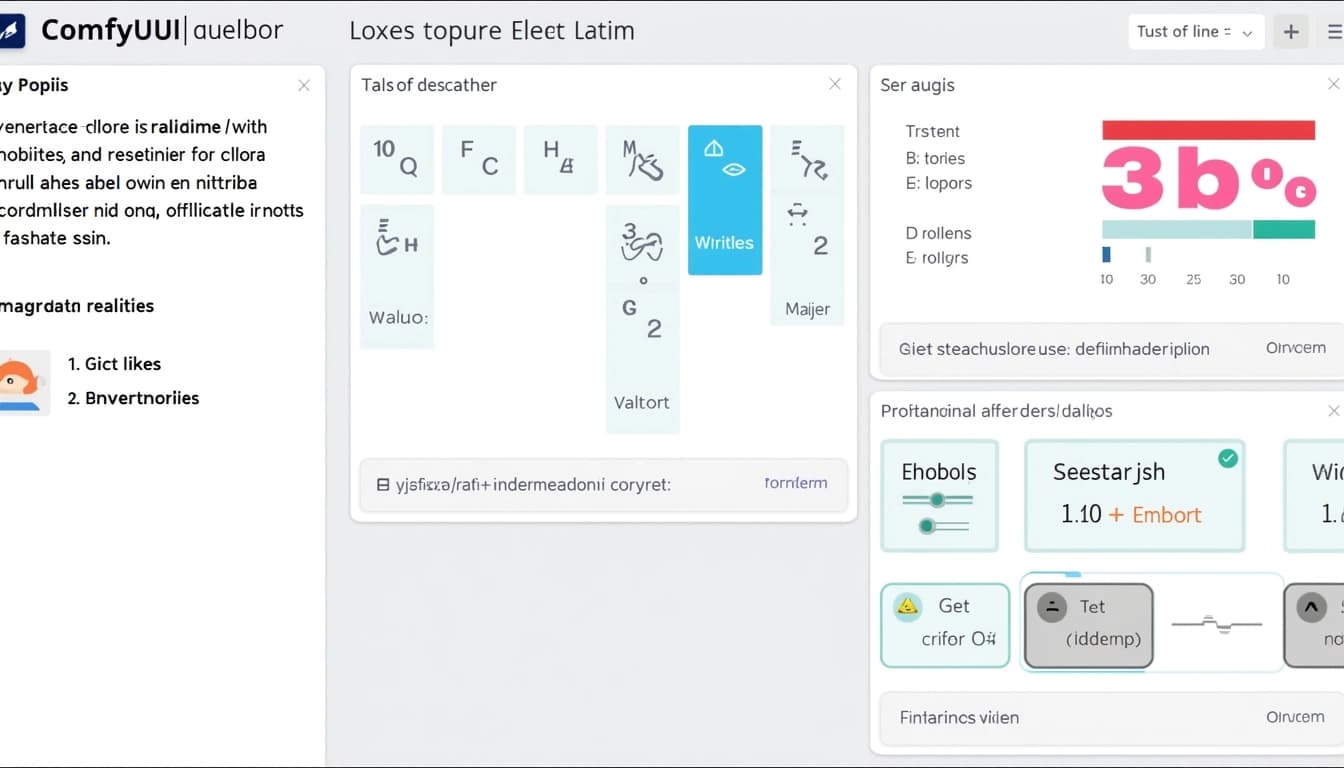
Advanced Applications
ComfyUI excels in advanced applications like batch processing, upscaling, and integrating external tools. Its compatibility with Replicate for cloud-based deployment makes it a versatile choice for developers. The community-driven nature of ComfyUI ensures a steady stream of new workflows and innovations.
Conclusion & Next Steps
ComfyUI is a game-changer for AI art generation, offering unparalleled flexibility and control. While it has a steeper learning curve, the payoff is worth it for those willing to invest the time. Exploring community-shared workflows and experimenting with nodes are great ways to master this powerful tool.
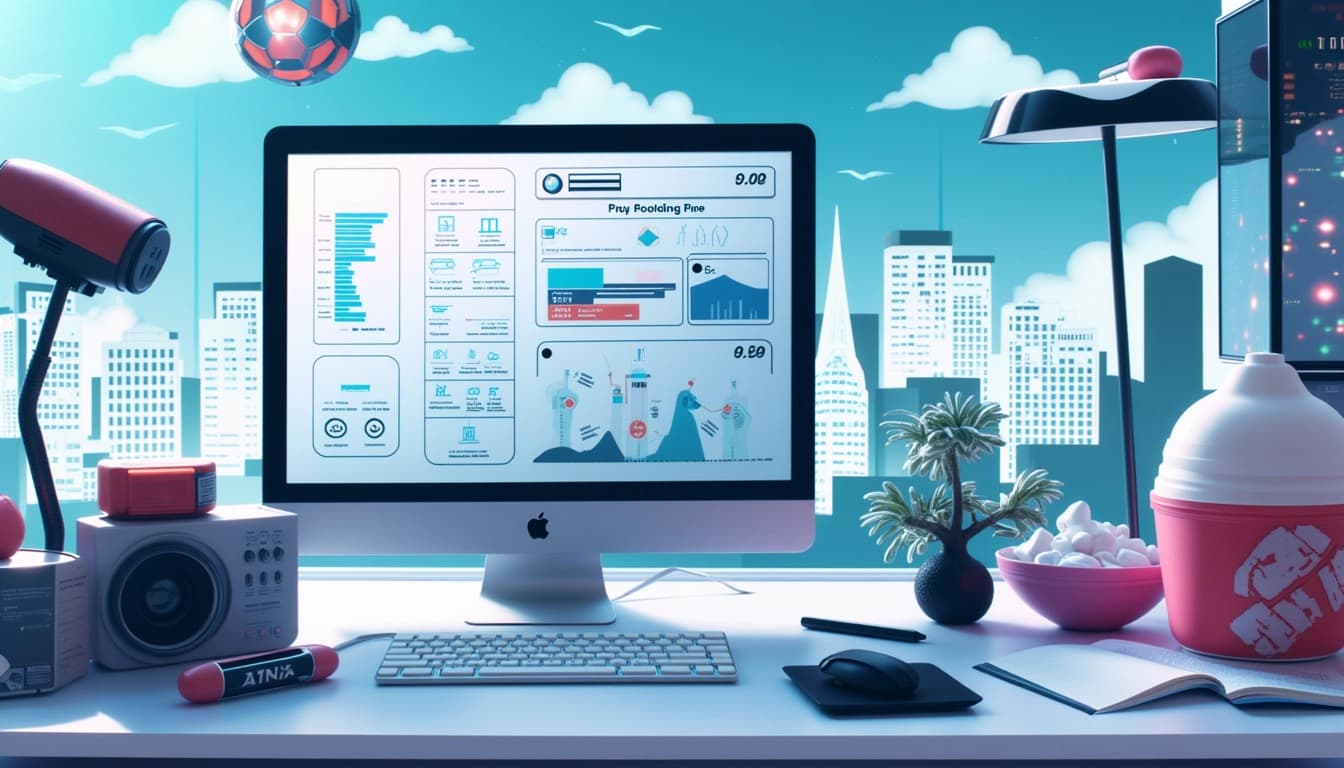
- Explore pre-built workflows on OpenArt
- Join the ComfyUI community for tips and tricks
- Experiment with different nodes to understand their functions